In 1987, Japan launched its largest domestic bicycle road race, the “Tour de Hokkaido,” which recently experienced an unprecedented fatal accident. On the first day of the race, a Chuo University cyclist collided head-on with a car on a curved road in Kamifurano, Hokkaido. The impact was severe, shattering the car’s windshield and tragically leading to the cyclist’s death the following day.
The race, known for its high-speed biking through narrow mountain roads, continued to allow general traffic in the opposite lane, a practice unique to the Tour de Hokkaido. Organizers, the Tour de Hokkaido Association, only secured permission to use one lane for cyclists, leaving the other lane under voluntary monitoring. This practice has now been criticized by cycling experts as nonsensical and dangerous, especially in areas prone to position changes like curves.
The accident, occurring around 11:50 AM, raised questions about the race’s management. The driver involved was a spectator who had parked along the course before traffic control began. His movement suggests a lack of effective oversight by the regulating vehicles supposed to secure safety ahead of the cyclist group.
Following the accident, the Tour de Hokkaido Association, led by Takayuki Yamamoto, a former official of Hokkaido Development Agency, faced scrutiny. The association’s board, mainly comprising former officials and local construction industry members, reflects a deep-rooted nexus between road administration and construction interests in Hokkaido.
Critics point out the similarity in dynamics between this incident and Sapporo’s failed Olympic bid, highlighting the lack of public support and engagement in both cases. The tragic accident not only casts a shadow over the race’s future but also exposes underlying issues in Hokkaido’s stagnating economy and safety concerns in sports management.






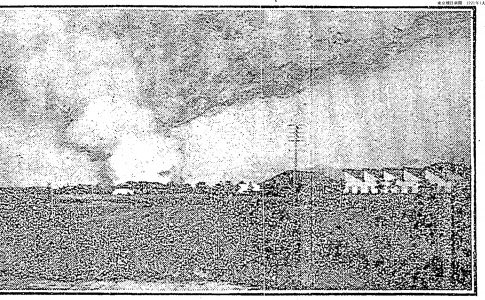
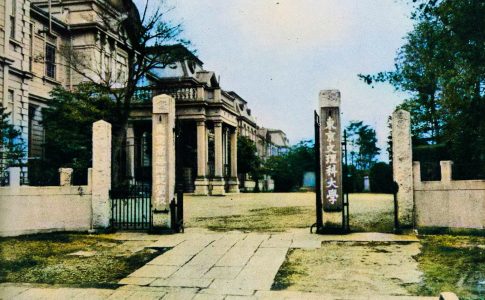
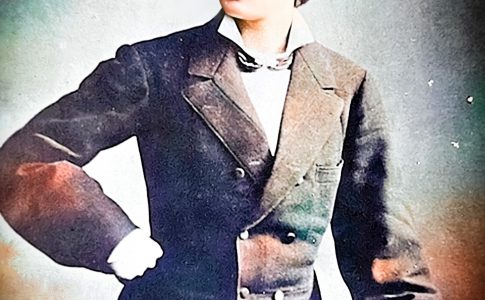
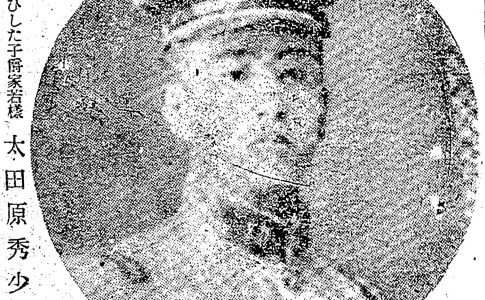
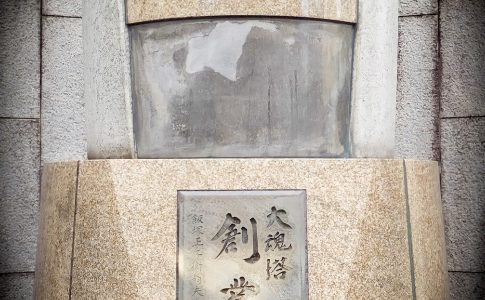

Leave a Reply